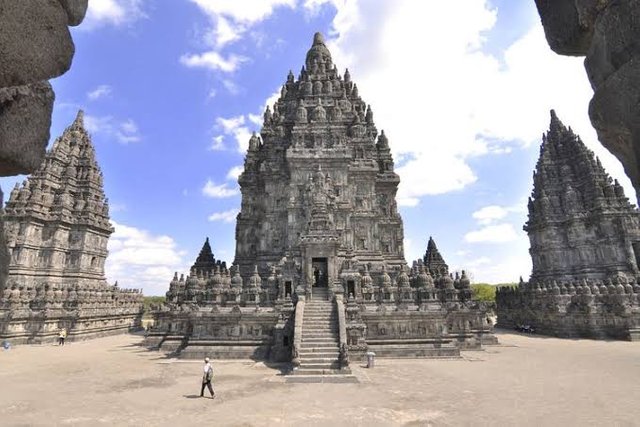Indonesian History

Constructed in the 9th century during the reign of the Mataram Kingdom, the Prambanan Temple is a marvel of ancient engineering and artistic expression. Comprising over 200 individual temples, it is the largest Hindu temple compound in Indonesia and a UNESCO World Heritage Site.
The grandeur of Prambanan is immediately evident upon arrival. Its towering spires, intricately carved reliefs, and serene courtyards evoke a sense of reverence and wonder. Each structure within the compound tells a story from Hindu mythology, depicting scenes from the Ramayana and other ancient epics.
One of the most striking features of Prambanan is its towering central compound, dedicated to the Hindu trinity of Brahma, Vishnu, and Shiva. The towering Shiva temple, standing at 47 meters tall, is the focal point of the complex and is adorned with exquisite carvings depicting the life of Lord Shiva.
Aside from its architectural splendor, Prambanan serves as a center for cultural and spiritual activities. Visitors can witness traditional Javanese dance performances against the backdrop of the temple's illuminated facades, further immersing themselves in the region's rich heritage.
However, Prambanan's journey through history has not been without challenges. Over the centuries, the temple complex has faced natural disasters, neglect, and even acts of war. Yet, through preservation efforts and ongoing restoration projects, Prambanan continues to stand as a symbol of Indonesia's resilience and commitment to safeguarding its cultural legacy.
Today, Prambanan remains a must-visit destination for travelers seeking to delve into Indonesia's vibrant past. Its timeless beauty and profound spiritual significance make it a cornerstone of the country's cultural identity, inviting visitors to marvel at the ingenuity of ancient civilizations and contemplate the enduring power of human creativity.